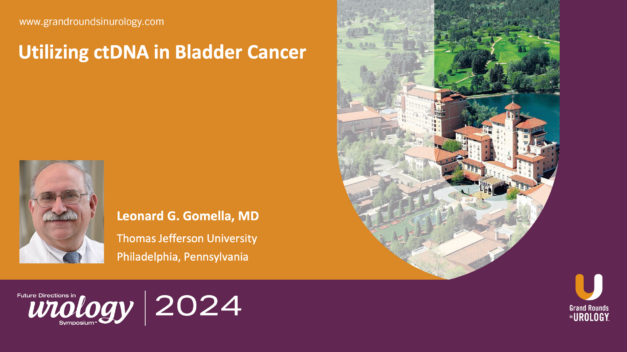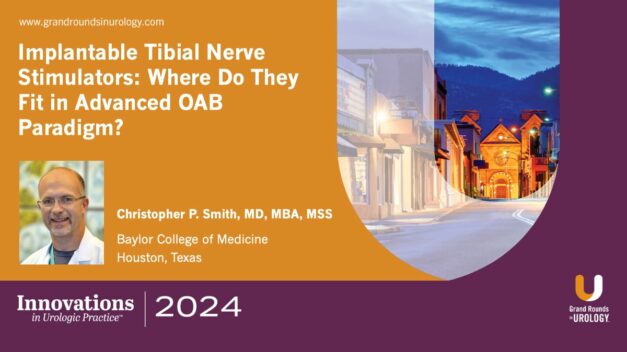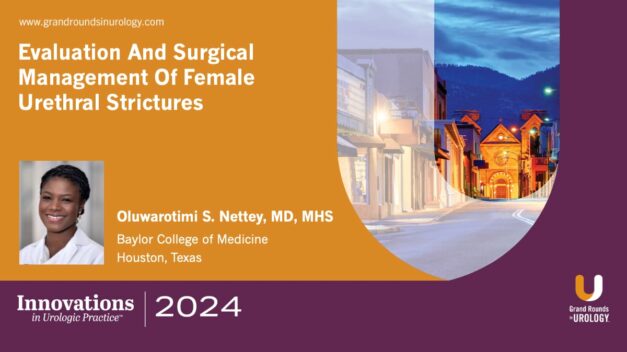Utilizing ctDNA in Bladder Cancer
Leonard G. Gomella, MD, FACS, explores the potential of circulating tumor DNA (ctDNA) and cell-free DNA (cfDNA) as biomarkers in cancer detection, treatment monitoring, and prognosis.
In this 12-minute presentation, Dr. Gomella reviews recent studies, such as those conducted at the European Association of Urology (EAU), demonstrating ctDNA’s potential for early detection, risk assessment, treatment response evaluation, and post-treatment surveillance in bladder cancer. Trials such as InVigor010 highlight ctDNA’s prognostic utility, where analysis revealed that ctDNA positivity predicted a higher risk of relapse.
Gomella reports that innovations extend to ctDNA detection in urine, offering a non-invasive method to monitor disease burden. These developments and the integration of advanced sequencing technologies mark a new era in cancer management, facilitating earlier interventions and more effective treatment planning.
Read More




